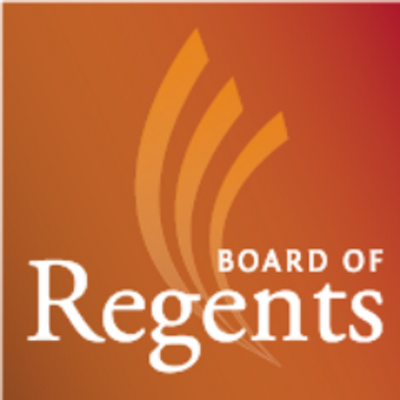
Northern Arizona University’s success is intrinsically aligned with the success of the communities we serve, President Rita Cheng told the Arizona Board of Regents last week during a meeting in Flagstaff.
“I use the term ‘community’ broadly, since community means so many things to us,” Cheng said. “It’s about collaboration, partnerships and public service. It’s about maximizing resources, leveraging talents and celebrating our distinctiveness. And finally, it’s also about shared responsibilities and finding solutions that make a difference today, and to future generations.”
During her presentation, the president noted the university’s place as an important economic engine in the region, and that community integration promotes workforce development, community service, information exchange, infrastructure sharing and coordinated decision making. Cheng also highlighted NAU’s community partnerships, which have contributed to the creation of 1,880 net new jobs, the equivalent of 56,000 new jobs in the Phoenix metropolitan area.
The president highlighted partnerships across the state that provide Arizona residents with more programs and more options that ensure student success. “We know that the opportunity we provide in smaller communities around the state has a big impact. Our graduates in these communities provide vital economic stability and service, and serve as champions for others seeking expanding learning opportunities.”
During the meeting, the board approved the universities’ proposed FY 2017 budgets. Cheng outlined major initiatives and strategic investments that will further NAU’s progress toward several key 2025 metrics. The investments include support for recruitment and retention of faculty and staff, enrollment growth, student success and retention to graduation, high demand degree programs and growth in the university’s research enterprise. The budget also includes facility and technology infrastructure upgrades, such as classroom technology remediation, fire and life safety and other critical deferred maintenance projects.
Cheng said the proposed state investment model focused on students “is very important to NAU and we look forward to continuing to build on this year’s initial investment to our base appropriation. We are committed to growing new programs for the workforce of tomorrow and increasing our research and external funding success.”
William Grabe, vice president for Research, outlined NAU’s five-year project plan for the Technology and Research Initiative Fund, TRIF, which will focus on the following areas: water, environmental and energy solutions; improving health; national data security systems; exploring planetary systems; and workforce development. Twenty percent of TRIF revenue is allocated to NAU, with the remaining 80 percent split between Arizona State University and the University of Arizona. The sales tax revenue funds are utilized to attract and retain faculty and researchers, catalyze compelling research initiatives, provide workforce development and support technology transfer. The initiatives draw outside resources to the state, expand economic opportunities and benefit the well-being of all Arizona residents.



